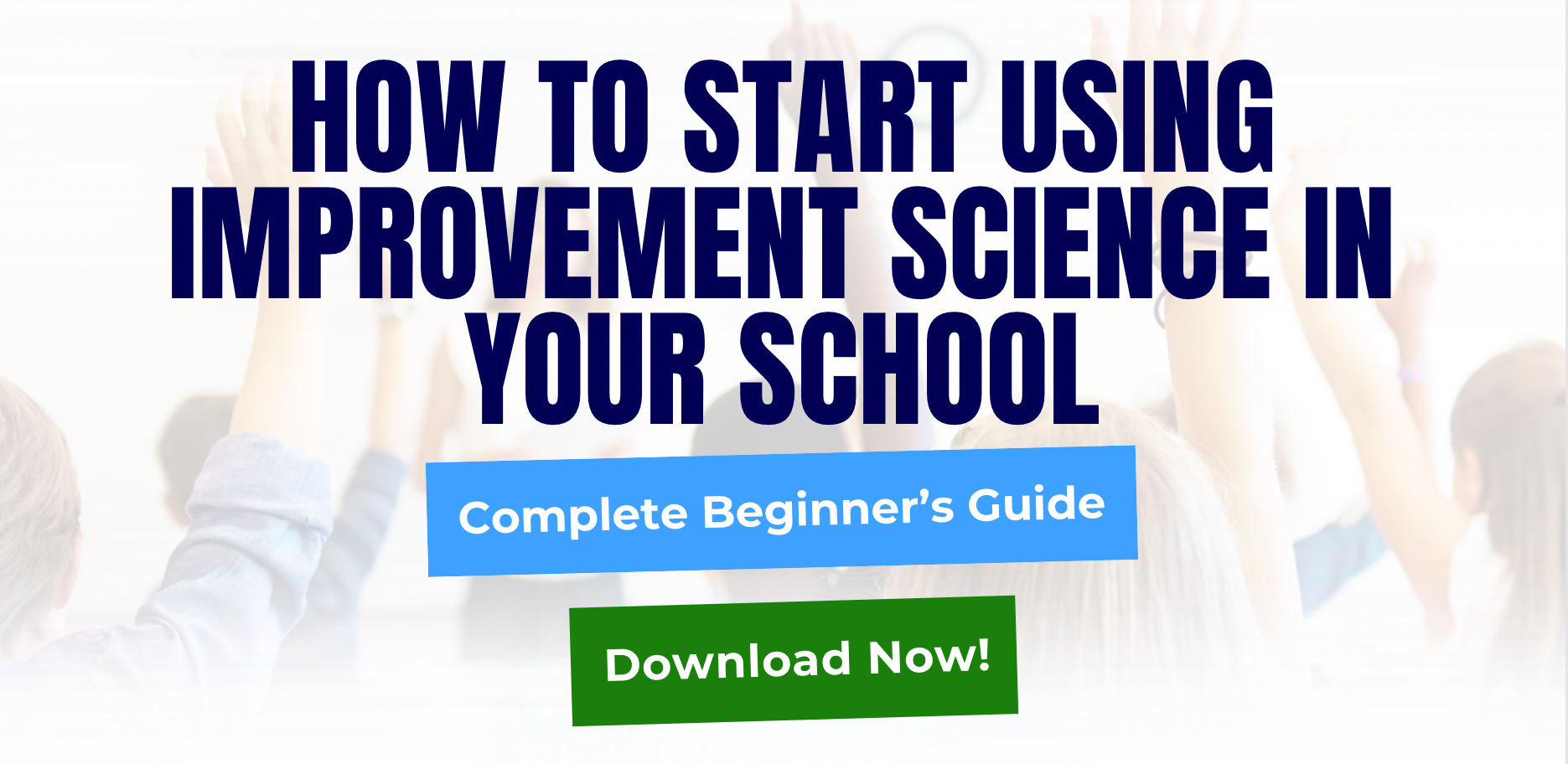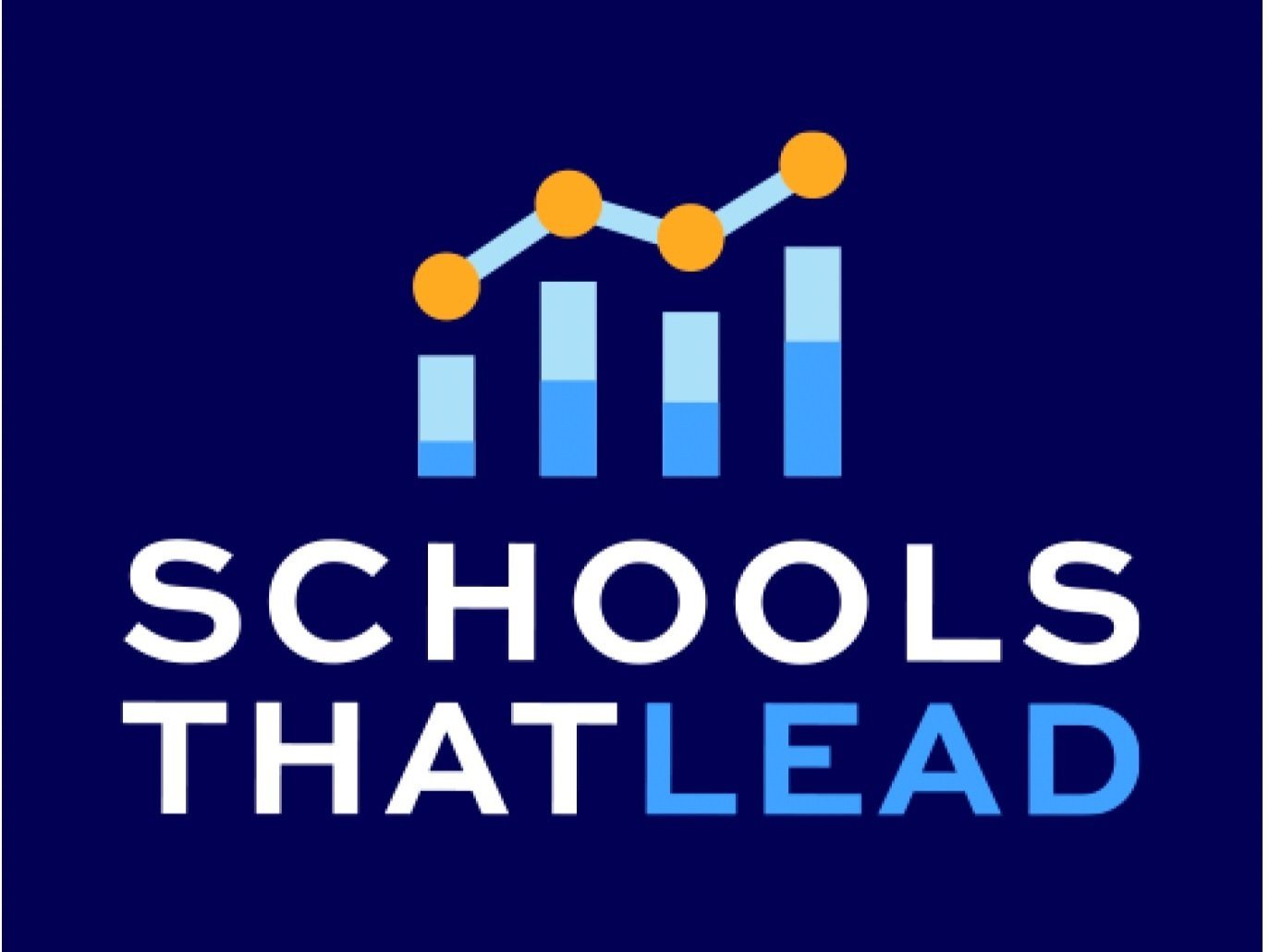25 Best Classroom Management Strategies Every Teacher Should Use
Teaching is a challenging profession, and leading a classroom of students requires practice and experience. As a beginning teacher, I had neither. My lessons were well planned and I had supplemental materials prepared; however, I found myself spending more time restating directions and addressing student behavior. I was a part of a growing number of educators who entered the profession without formal education and no teaching experience. Considering the current teacher shortages, every state has a plan to fill vacancies. This often includes alternative licensing and beginning teachers who have had less training. That’s why almost half of all US teachers feel unprepared to manage their classrooms.
Classroom management is the foundation for a positive classroom culture of healthy teacher-student relationships and peer interactions. Setting clear expectations and boundaries can reduce issues with student behavior, improve grades, and create a safe space for students to learn. There is no shortage of methods to manage a classroom; however, one size does not fit all. Creating a classroom management strategy using improvement science empowers teachers and defines their role as the leader of their classroom.
Why Are Classroom Management Strategies Important?
Classroom management strategies involve techniques educators employ to create a positive and productive setting for learning. These strategies include establishing clear expectations, fostering positive peer-to-peer relationships, and implementing routines. Ultimately, classroom management strategies facilitate structured and organized learning, improve student behavior and attendance. Effective management minimizes disruptions, allowing teachers to focus on delivering content and students to engage in meaningful learning.
25 Effective Classroom Management Strategies for Teachers
1. Establish Clear Expectations
Clearly outline the rules that define acceptable and unacceptable behavior in the classroom. The rules must be specific, easy to understand, and cover various aspects of behavior, including academic, social, and procedural expectations. Once outlined, discuss these expectations with students, communicate them to parents and post them visibly.
2. Build Relationships
Establish a positive rapport with students by showing genuine interest in their lives. Learn about their hobbies, interests, and concerns. Clearly communicating expectations and adhering to them will build trust. Do not overlook opportunities to include input on their classroom experience. Allowing their voices to be heard can be the foundation of a healthy relationship.
3. Use Positive Reinforcement
Classroom management also involves identifying the behaviors you want to reinforce. These can include academic achievements, positive social interactions, participation, effort, or other actions that contribute to a positive learning environment. Recognize and reinforce these positive behaviors with praise, small incentives, or a point system.
When providing positive reinforcement, be specific about the behavior you are acknowledging. For example, instead of a generic "good job," say something like, "I appreciate how you helped your classmate with that math problem. You showed great teamwork!"
4. Set Routines
Establish consistent daily routines for entering the classroom, starting lessons, cleaning up, and transitioning between activities. Routines provide a sense of security and predictability.
5. Proximity Control
Move around the classroom often. Proximity control can redirect off-task behavior and promote focus in a non-confrontational way. As proximity control becomes consistent students are more likely to be on task because they know that at any point time you could be near their desk.
6. Fair and Consistent Discipline
Discipline must be fair. Students should understand the outcomes of both positive and negative behavior, ensuring a sense of justice in the classroom. Students want to trust what you say so you have to be consistent. Fair and consistent discipline creates a sense of safety and trust.
7. Praise Publicly and Correct Privately
Celebrate a student’s achievements in front of the class to boost their confidence. However, address individual adverse behavioral issues privately. Public redirection can incite the natural instinct to defend oneself. The goal here is to redirect quickly so that learning can continue.
8. Classroom Layout
Organize desks and materials to minimize distractions and allow free flow of movement from door to desk. Considering natural foot traffic flow reduces disruptions. Designate specific areas for different tasks, like a reading corner, a group work area, and an individual workspace. Clearly define these zones using furniture, rugs, or visual markers. This helps create an environment conducive to learning.
9. Signal Attention
Develop a signal, such as a chime or hand signal, to quickly gain students' attention when needed. This helps maintain order during transitions. Allowing students to have input into what their signal may
10. Use a Timer
Timers can be used to manage transitions between learning activities, keep students on track, and maintain a sense of urgency to promptly complete tasks.
11. Varied Instructional Strategies
Utilize diverse teaching methods to cater to different learning styles. This keeps students engaged and addresses various academic needs.
12. Incorporate Student Choice
Provide options within assignments or activities to give students a sense of autonomy and control over their learning.
13. Conflict Resolution
Teach students how to resolve conflicts constructively, emphasizing communication and problem-solving skills.
14. Clear Consequences
Communicate the consequences of certain behaviors and ensure discipline is consistent.
15. Calm Voice and Body Language
Maintain a composed demeanor, using a calm voice and positive body language. This can help de-escalate tense situations.
16. Use Humor
Add appropriate humor to lessons to boost student engagement. However, be mindful of cultural sensitivities and individual preferences.
17. Classroom Jobs
Assign specific responsibilities to students, fostering a sense of ownership and contributing to the overall function of the classroom.
18. Regular Check-ins
Schedule one-on-one or small group check-ins to address individual concerns, provide feedback, and strengthen the teacher-student relationship.
19. Model Behavior
Demonstrate the behavior you expect from your students, serving as a role model.
20. Effective Transitions
Plan and practice smooth transitions between activities to minimize disruptions and maintain a productive learning pace.
21. Flexible Seating
Experiment with different seating arrangements to accommodate various learning preferences and encourage collaboration.
22. Clear and Concise Instructions
Provide instructions that are easy to understand, avoiding confusion and helping students stay on task.
23. Use Technology Purposefully
Integrate technology into lessons with clear learning objectives and ensure it enhances the learning experience rather than causing distractions.
24. Self-Reflection
Inspire students to reflect on their behavior and make positive choices. When done consistently, this helps foster self-awareness and responsibility.
25. Professional Development
Continuously seek opportunities for professional development to stay updated on effective classroom management techniques and teaching strategies.
The Bottom Line
The key purpose of classroom management is for teachers to create a transformative culture where students encourage and reinforce positive behavior in their peers. With a healthy classroom culture, you also have a supportive community where everyone plays a role in maintaining a positive learning environment.
As an educator, you should also be open to revisiting and adjusting classroom expectations if necessary. As the dynamics of the classroom change throughout the school year, flexibility in adapting the rules can contribute to a more responsive and effective management approach. The effectiveness of classroom strategies can vary so it is essential to be flexible and adapt your approach based on the unique dynamics of your classroom and students. Regularly reassess and refine your classroom management strategies for best results.
Learn how Schools That Lead helped North Carolina educators create their own strategies for managing the students in their care and improve student outcomes such as a greater decline in chronic student absences than the state average.
Frequently Asked Questions:
1. What strategies help in maintaining student engagement?
Keep students engaged with interactive activities and personalized learning materials that resonate with their interests. Experiential learning scenarios, like simulations or community projects, boost engagement significantly. Collaborative projects and group work encourage active participation and teamwork. Additionally, incorporating diverse teaching methods, including technology integration, caters to different learning styles, keeping students interested and involved. These strategies foster deeper understanding and make learning both enjoyable and effective.
2. How can educators build strong relationships with students?
Building strong relationships involves understanding and addressing individual needs through personalized learning. Create inclusive environments that cater to all students, including those with learning disabilities, using strategies like RTI. This demonstrates care and respect for each student's unique challenges and abilities. A positive classroom atmosphere, where every student feels valued and understood, is essential for fostering strong, trust-based relationships. Such an environment enables students to thrive academically and socially, reinforcing the importance of empathy and individual attention in education.
3. How to integrate Improvement Science Tools in daily teaching?
Integrate evidence-based programs and curricula, continuously adapting them based on student feedback and performance. Monitor teaching strategies' effectiveness and make adjustments to meet evolving needs. Use data-driven decision-making to enhance learning outcomes. By focusing on continuous improvement and applying research-based methods, you can effectively address diverse learning styles and challenges, ensuring all students have the opportunity to succeed. This proactive approach fosters a dynamic and responsive learning environment.
4. What are common challenges in classroom management?
Common challenges include addressing diverse learning needs (e.g., students with learning disabilities, gifted students), engaging students with varying interests and abilities, and managing behavioral issues while maintaining a positive learning environment. Balancing the needs of various groups can be difficult. Keeping students consistently engaged and motivated, especially with technology distractions, is another challenge. Effective classroom management requires a combination of personalized learning, inclusive teaching strategies, and effective behavior management techniques.
5. How can professional development improve classroom management skills?
Professional development can significantly improve classroom management skills by training educators in personalized and experiential learning approaches. Learning to implement RTI effectively is crucial for catering to students with diverse learning needs. Professional development programs also focus on developing skills in interdisciplinary teaching methods, which encourage critical thinking and creativity. Such training helps teachers understand and apply the latest educational research and strategies, ensuring they are equipped to create engaging, inclusive, and effective learning environments. Continuous professional growth in these areas is essential for educators to adapt to the evolving demands of classroom management.

TAQWANDA HAILEY
Taqwanda is the Chief Analytics Officer for Schools That Lead. With a Bachelor of Science in physics from North Carolina Central University, she has taught both secondary school and community college courses.




